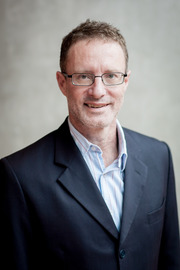Sidebar
Events Calendar
Planets and Starquakes with NASA's Kepler and TESS Missions
NASA's Kepler and TESS Mission have monitored the brightness of hundreds of thousands of stars, watching for the tiny dips in light caused by a transiting planet. They have discovered thousands of extra-solar planets, indicating that they are relatively common. Meanwhile, the data are also being used to measure "starquakes", which are oscillations of stars that give valuable information about their internal structures.

Professor Tim Bedding
obtained a BSc (Hons) in physics and a PhD in astrophysics from the University of Sydney. He then took up a fellowship at the European Southern Observatory in Germany, where he first started working on stellar oscillations. He came back to the University of Sydney as a lecturer in the School of Physics in 1995 and he has been there ever since. He was promoted to Professor in 2007. His main research interest is in stellar oscillations and how they can be used to learn about stars. He is also a passionate teacher and is a recipient of the University of Sydney's Excellence in Teaching Award. He was the Head of the School of Physics from mid-2012 until February 2018.
In 2007 the asteroid 231470 Bedding was named in his honour.
Professor Bedding was a member of the Australian Ultimate Frisbee team and participated in the 1990 World Championships held in Oslo, Norway
